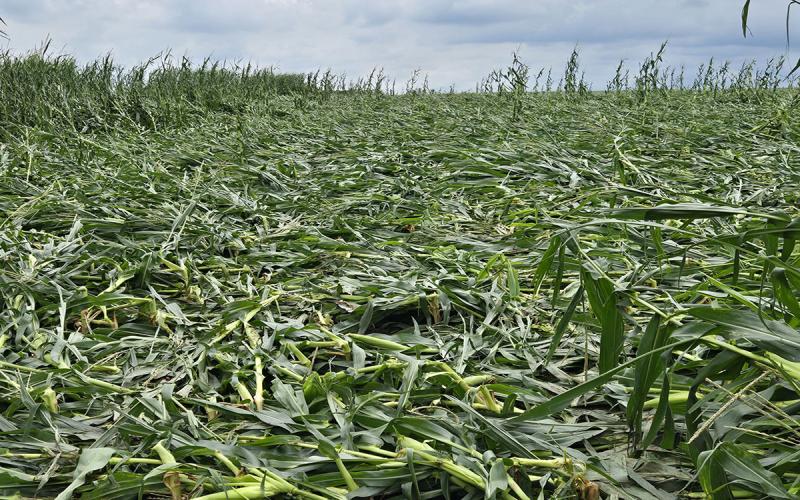Written collaboratively by Jason Clark, Peter Kovacs and Anthony Bly
Nitrogen (N) is an essential plant nutrient commonly applied to South Dakota corn crops and is critical for optimizing corn yield. For commercial agriculture, there are two main sources of N for corn—N from decomposing manure, residue, and soil organic matter (mineralization) and synthetic N fertilizers. Each year, corn plants take up 98 to 250 lbs N/ac (average = 150 lbs N/ac). Nitrogen derived from decomposing organic matter (i.e., mineralization) can provide 20 to 100% of the N required to optimize yield depending on factors like weather, soil type, previous crop, and management practices. The crop N need that is not supplied through mineralization is most often supplied by N fertilizer. However, excessive N fertilizer applications can reduce fertilizer efficiency, create environmental contamination issues, and reduce grower profits. Programs such as the 4 Rs of nutrient management (right: source, rate, timing, and placement) were created to educate farmers of the best ways to manage inorganic fertilizers to optimize crop production and minimize N loss. Recommended 4R N fertilizer management practices for corn are designed to avoid environmental losses and maximize uptake of N. Some of these practices include applying N fertilizer rates that account for all N sources, incorporating or placing N in the soil, using enhanced efficiency fertilizers (e.g., urease and/or nitrification inhibitors and slow and/or controlled-release fertilizers), and timing N application close to when the crop needs it.


